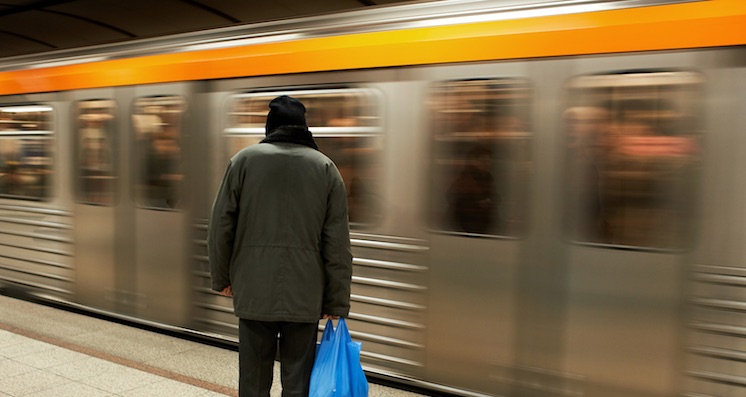Payments
As the retail payment ecosystem goes contactless, transit struggles to keep up
- Many city transit systems struggle to implement payment modernization.
- Unlike other merchants, cities have the unique challenge of having to accommodate customers with varying degrees of comfort with technology and lengthy procurement processes.








